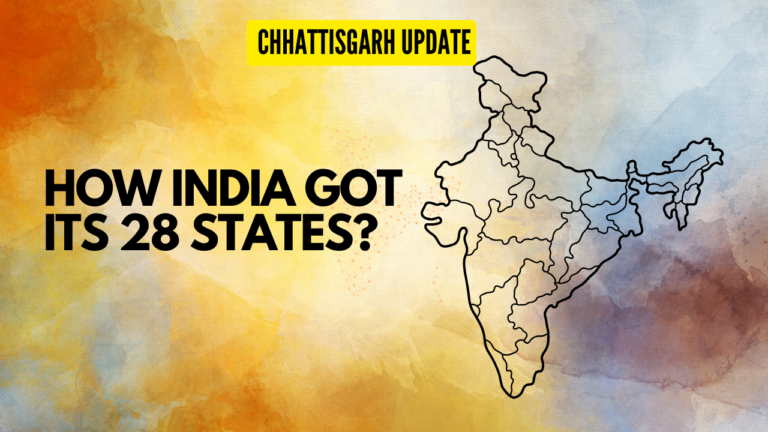The Union Health Ministry is actively monitoring the reported outbreak of H9N2 in China, signaling a proactive stance to safeguard public health. H9N2, a subtype of the influenza A virus, poses a dual threat as it can cause human influenza, albeit rarely, and is also associated with bird flu. As India remains vigilant, it is noteworthy that the Indian Council of Agricultural Research-National Institute of High-Security Animal Diseases (ICAR-NIHSAD) has developed an ‘Inactivated low pathogenic avian influenza (H9N2) vaccine for chickens,’ showcasing a multi-pronged approach to managing the potential risks associated with this virus.
### Understanding H9N2:
#### **Influenza A Subtype:**
H9N2 is a subtype of the influenza A virus, known for its presence in both human influenza cases (albeit rare) and bird flu. This dual nature makes it crucial to monitor and address its potential impact on both avian and human populations.
#### **Global Presence:**
H9N2 viruses are widespread and can be found in wild birds globally. They are also endemic in poultry in various regions, emphasizing the need for a comprehensive approach to prevent and manage outbreaks.
#### **Transmission Dynamics:**
Transmission of the H9N2 virus can occur through exposure to infected poultry or contaminated environments. Understanding and mitigating these transmission pathways are vital to controlling the spread of the virus.
### India’s Preparedness:
#### **Active Monitoring by Health Ministry:**
The Union Health Ministry’s close monitoring of the H9N2 outbreak in China demonstrates a proactive approach to potential health threats. Timely surveillance and information dissemination are key components of effective disease management.
#### **ICAR-NIHSAD’s Vaccine Development:**
India’s preparedness extends to the scientific domain, with the ICAR-NIHSAD developing an ‘Inactivated low pathogenic avian influenza (H9N2) vaccine for chickens.’ This development underscores the country’s commitment to addressing the threat at its source, in poultry populations.
### Future Directions:
#### **International Collaboration:**
Given the global nature of H9N2 and its potential to impact both animal and human health, international collaboration in monitoring and managing outbreaks becomes crucial. Sharing information and resources can contribute to a more coordinated response.
#### **Research and Surveillance:**
Continued research and surveillance are essential to stay ahead of emerging threats. Understanding the evolution of the virus, its transmission dynamics, and potential mutations are crucial elements in developing effective preventive measures.
### Conclusion: A Comprehensive Approach to Health Security
As the Union Health Ministry remains vigilant in monitoring the H9N2 outbreak, and with ICAR-NIHSAD’s vaccine development, India demonstrates a comprehensive approach to health security. The integration of scientific advancements with active surveillance lays the foundation for a proactive response to potential health threats. In the face of global challenges, collaboration and a commitment to staying ahead of emerging infectious diseases become imperative pillars in safeguarding public health.






